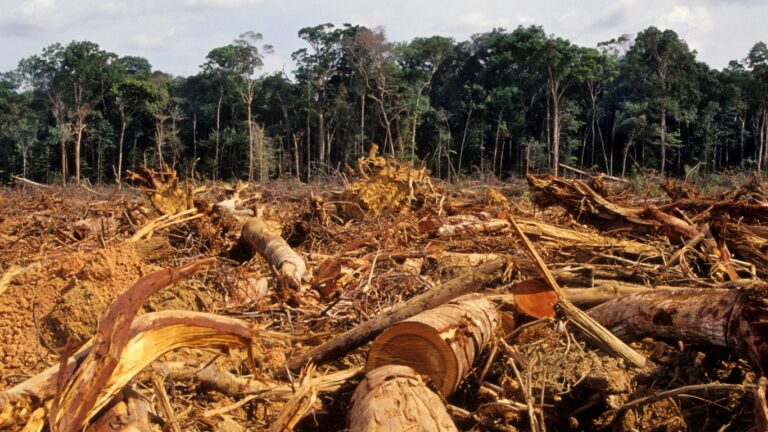Deep Sea Creatures Not Free From Plastics

In yet more evidence of how plastics have worked their way into the environment and even the food chain, the Restore Science Program found microplastics in the stomachs of fish and crustaceans as far below sea level as 5,000 feet.
LEARN MORE ABOUT MICROPLASTICS
Boiling Water Helps Eliminate Microplastic Threat
100 Million Marine Animals Die Each Year From Plastics
How widespread are microplastics in the world’s oceans? In the journal Royal Society Open Science, a researcher described a study showing microplastics near the bottom of the Mariana Trench, the deepest place in the world’s oceans.
The authors wrote that “…more than 80 percent of the amphipods had plastic fibers and particles in their digestive systems, known as the hindgut. The deeper the trench, the more fibers they found.”
These microplastics are part of “marine snow” made of sand, decaying matter and other items, such as microplastics. The data shows that no part of the environment is spared from plastics that eventually end up in humans. Other studies show that similar plastics can affect human health, some of which get in the body by eating fish and meat.
According to the National Library of Medicine, “Fishery products are an important source of microplastics in the human diet. Once ingested, microplastics reach the gastrointestinal tract and can be absorbed causing oxidative stress, cytotoxicity, and translocation to other tissues.” The data came from a paper titled “Microplastics in Fish and Fishery Products and Risks for Human Health: A Review.”
Sponsor
Find a Vetted Financial Advisor
- Finding a fiduciary financial advisor doesn't have to be hard. SmartAsset's free tool matches you with up to 3 financial advisors that serve your area in 5 minutes.
- Each advisor has been vetted by SmartAsset and is held to a fiduciary standard to act in your best interests. Get on the path toward achieving your financial goals!






